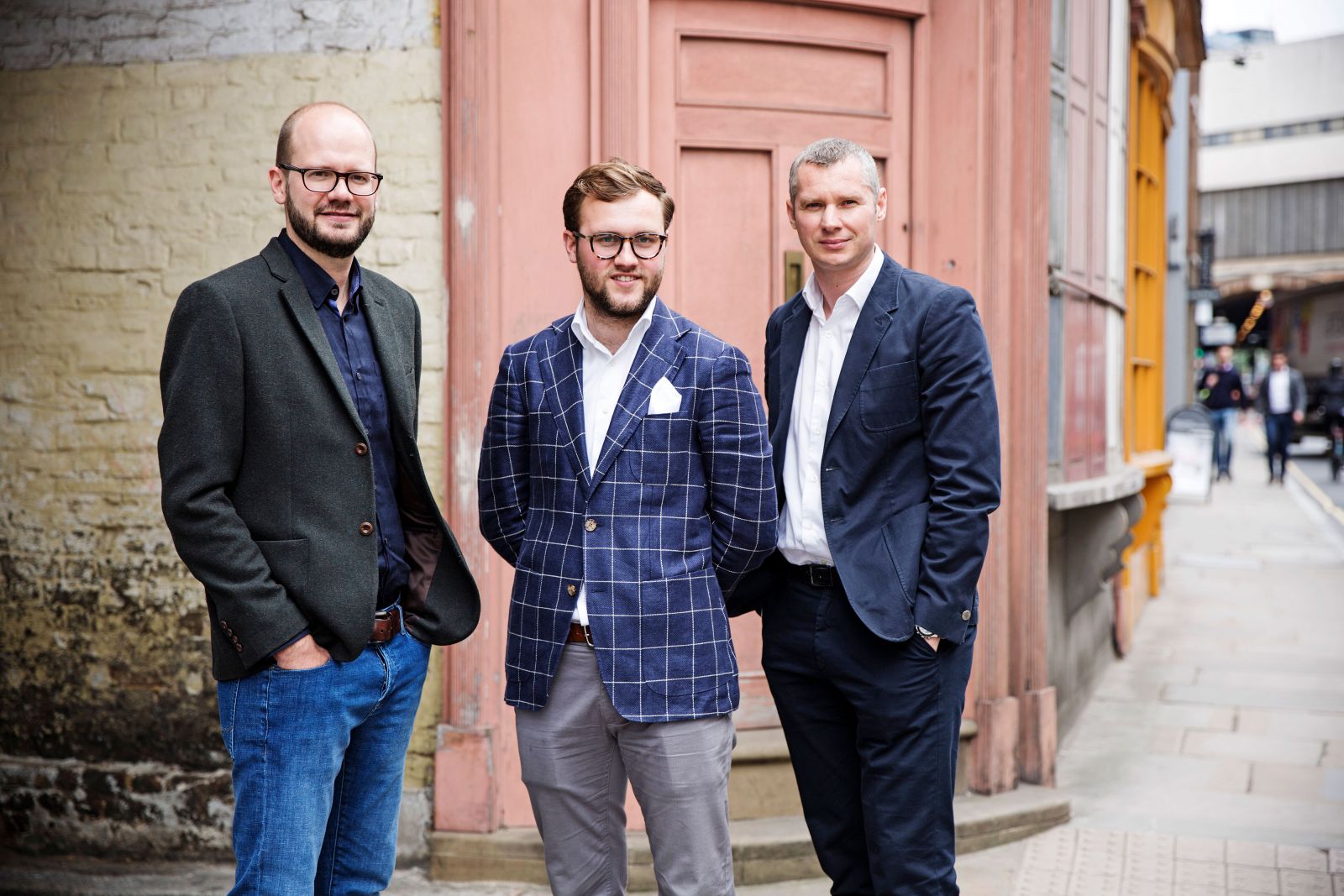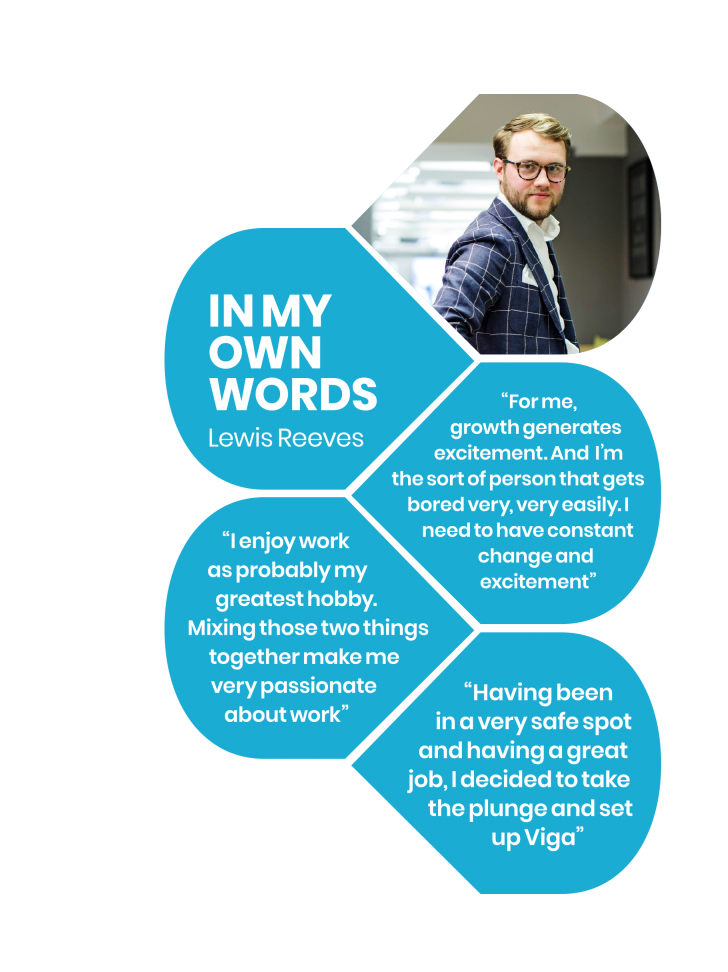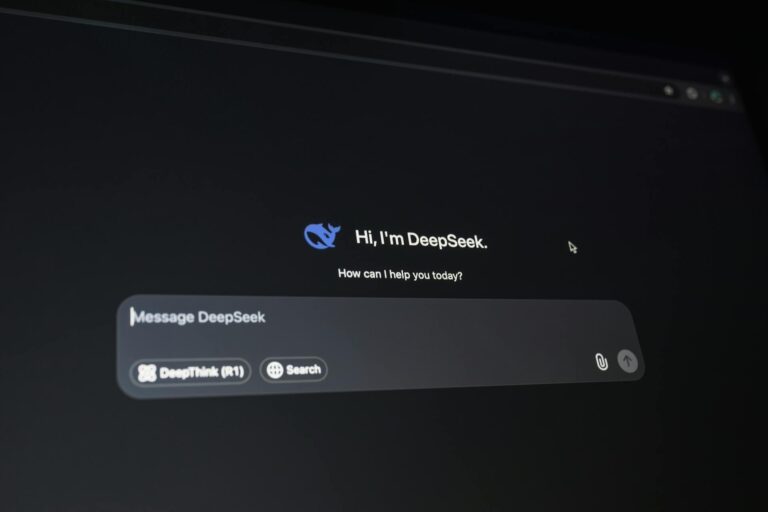
It’s in the best interests of any company to ensure its workforce is engaged, focused and determined to succeed.
In fact, research by the Hay Group has shown organisations with engaged employees make two-and-a-half times the revenue of those which don’t. That’s easy math, but the challenge of actually creating that level of engagement can be a little more complex.
A strong company culture; clear definition to an employee’s role; the offer of opportunities for training and career advancement; the empowerment of employees – these things and more are part of the equation of how to ensure an employee feels valued.
Two of the principle tenets of ensuring engagement are to make the employee feel validated and valued as an individual and to allow them to express their creativity within the bounds of a supportive, clear structure.
But as well as having everything in place to bring the best out of your employees, organisations also have to allow for human factors which could affect performance. Issues in any facet of a person’s wellbeing can have an influence on their productivity at work, and often these are private matters which require considerable discretion.
A good employer will be able to drill down into what makes its employees tick, and as a result ensure the best levels of performance from the workforce by giving them the support and motivation needed to succeed – especially when employees experience difficulties. There are now more tools than ever to keep track of how employees are performing, more metrics to measure against, and more discrete ways of monitoring all of these aspects. But how exactly do you balance their use with the human compassion needed to ensure success?
Using AI and EI
One company taking a novel approach is Viga, a data collection and market research specialist which has made a big splash since its formation in 2016, taking a consultancy-based strategy which aims to provide data faster and more efficiently than ever before using proprietary software.
After making an impact in the industry following its formation, the firm has gone from strength to strength under the guidance of 26-year-old CEO Lewis Reeves.

He credits the company’s people as driving the success of the business and makes it his mission to ensure his employees feel valued. In order to help make that happen, but also to ensure the best levels of performance from the workforce, Viga combines two different forces.
Firstly, it has adopted artificial intelligence tools for the monitoring of employees’ performance and engagement levels, while secondly it has recruited a workplace psychology specialist whose role is to give the workers someone they feel comfortable talking to about absolutely anything. Automated analysis meets human compassion, right?
“I think it’s around being able to gain information at a much faster rate and then act on it,” says Reeves. “I’m very traditional and I think for all forms of personal interactions and relationship building, there is greater value in that being human-to-human. But I think the beauty that I’ve seen from things like artificial intelligence is it allows us to spot trends with our staff and in our business, allowing us to get information to the top much, much faster.
I think if we can create environments where they have the freedom, that trust to go and explore something, and they can receive rewards for doing that, then it creates an environment where they are willing to really buckle down and buy into it, because they feel like they're part of it
“When look at the data that we have within our business, we can start overlaying a good amount of intelligence that enables us to spot trends with our own people’s performances in order to evolve and ensure that we’re staying relevant for our people. And I think that what we use that level of intelligence for is to get us into a position where we can better utilise our time to go and spend with individuals on a one-to-one basis.”
Viga is able to track all manner of performance metrics to see how individuals are performing over time and can then relate that to ongoing employee satisfaction levels. Additionally, there are alerts programmed into the company’s system which allow them to see dips in performance and efficiency.
But is there not a danger of creating a ‘Big Brother’-style setup where employees feel like they are under constant vigilance from management? Would that not prove counterproductive in the end?
“It’s not that we are doing it because we are running a sweatshop and we want everyone to be working 20 hours a day and delivering,” Reeves explains. “But we find incredible correlations between people’s desire to be working for us, their enjoyment working for us, and the amount that they’re putting in.
“Yeah, I think if you look at it in a certain way, you can go, ‘Wow, that’s a pretty harsh approach to utilising data’ but we use that data with our psychology specialist, someone who is obviously very emotionally engaged, to prompt conversations. It’s very much for a quiet conversation where our specialist, Annie, who’s very approachable and very trustworthy, will say, ‘Hey, employee, fancy coming in for a coffee? Let’s have a catch up’. And it’s amazing how very, very rarely is the communication ever, ‘So I’ve seen that this is dropping. Is there anything you want to tell me?’
“It’s the furthest thing from cynical in terms of the use of that data. It’s much more to know where we need to focus our attention in a very humane manner to allow individuals to feel as free and as calm as possible in the workplace.”
Reeves jokes about the TV show Billions, where a company psychologist becomes privy to information about illegal schemes and plots but concedes that Viga’s setup is not quite like that. “Annie is incredibly good at providing management with information that they need whilst protecting the individual,” he adds. “And I think that that is huge. It’s something that is very, very close to my heart.
“But when you’re time poor like me, and driving the business forward to grow at some of the triple digit rates that we continue to grow at, it’s not always easy to take your foot off the gas and have the level of sympathy that is required in those situations. By having a specialist on staff, she’s able to do that very naturally and give people the time and attention that they need.”
An engaged workforce
That’s something which is at the root of just about any guidance notes which surround how to keep employees engaged, particularly the younger segments of the workforce. Millennials are now the largest generation of workers and studies demonstrate that employers find it hard to foster a workplace which caters to their needs.
They have grown up in the digital age and are more tech-driven, leading to a balancing act between appeasing the needs of these workers – most of whom, statistics show, are dissatisfied due to a lack of recognition and a lack of work/life balance – while ensuring they don’t get swept away in the new wave of technology.
Viga employs millennials and Reeves reckons being one himself gives him a keener appreciation of what they require to stay motivated. “Sometimes I think millennials have a reputation of misbehaving and changing the dynamic,” he says. “And there seems to be this sort of mystery around that segment of the workforce.
“But I think if we can create environments where they have the freedom, that trust to go and explore something, and they can receive rewards for doing that, then it creates an environment where they are willing to really buckle down and buy into it, because they feel like they’re part of it.”
No doubt Viga seems to be finding success with its approach and Reeves is understandably proud of the environment he’s created for his workers. For a company of Viga’s size, it appears to be working beautifully. But is it scalable to larger organisations? Reeves ponders the question for a minute.
“I think it’s scalable from the ground up,” he suggests. “So I see no issue of it with an organisation 10-times the size of Viga. I think it could be offered in exactly the same manner. You would need a few more specialists to go and do the human interaction side, but that’s highly scalable.
“At the end of the day, I think it’s an ingrained culture within our organisation that’s been there from the start, and people know who they can go to to talk to. They’ve grown up, and the business has grown up with those individuals. And hence, that trust exists, and that trust continues to exist.”



